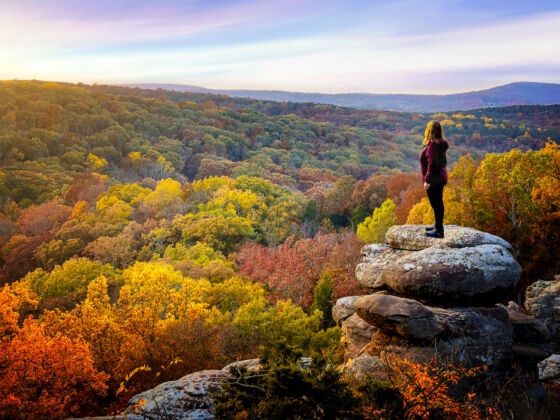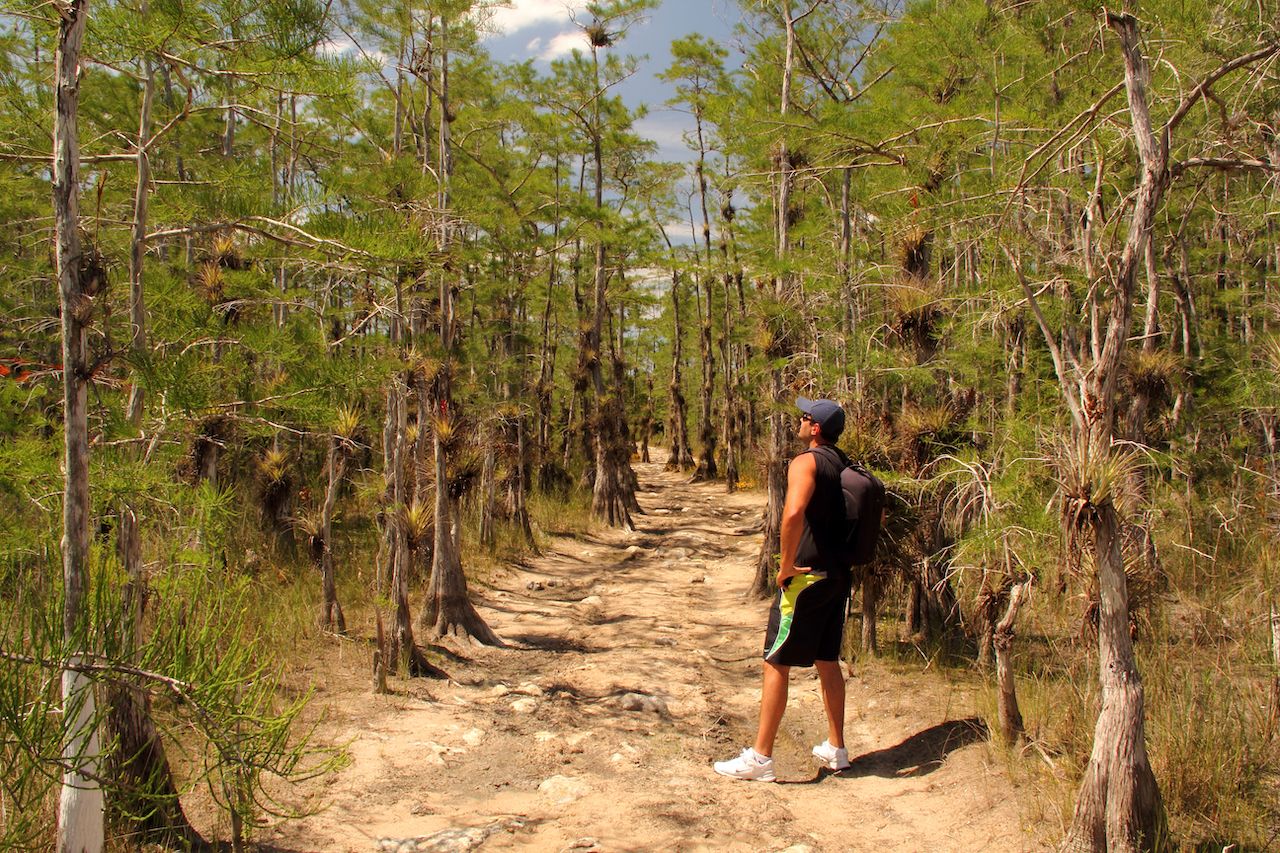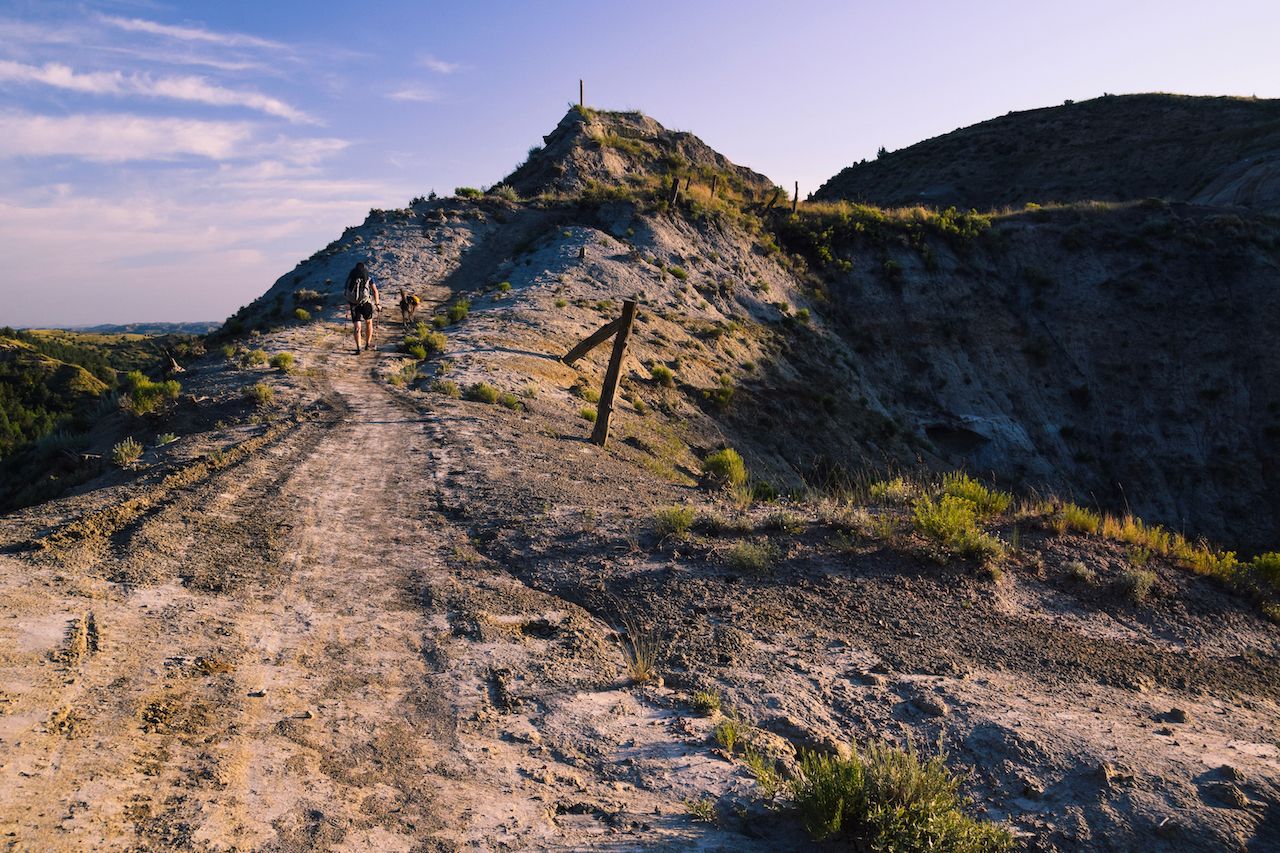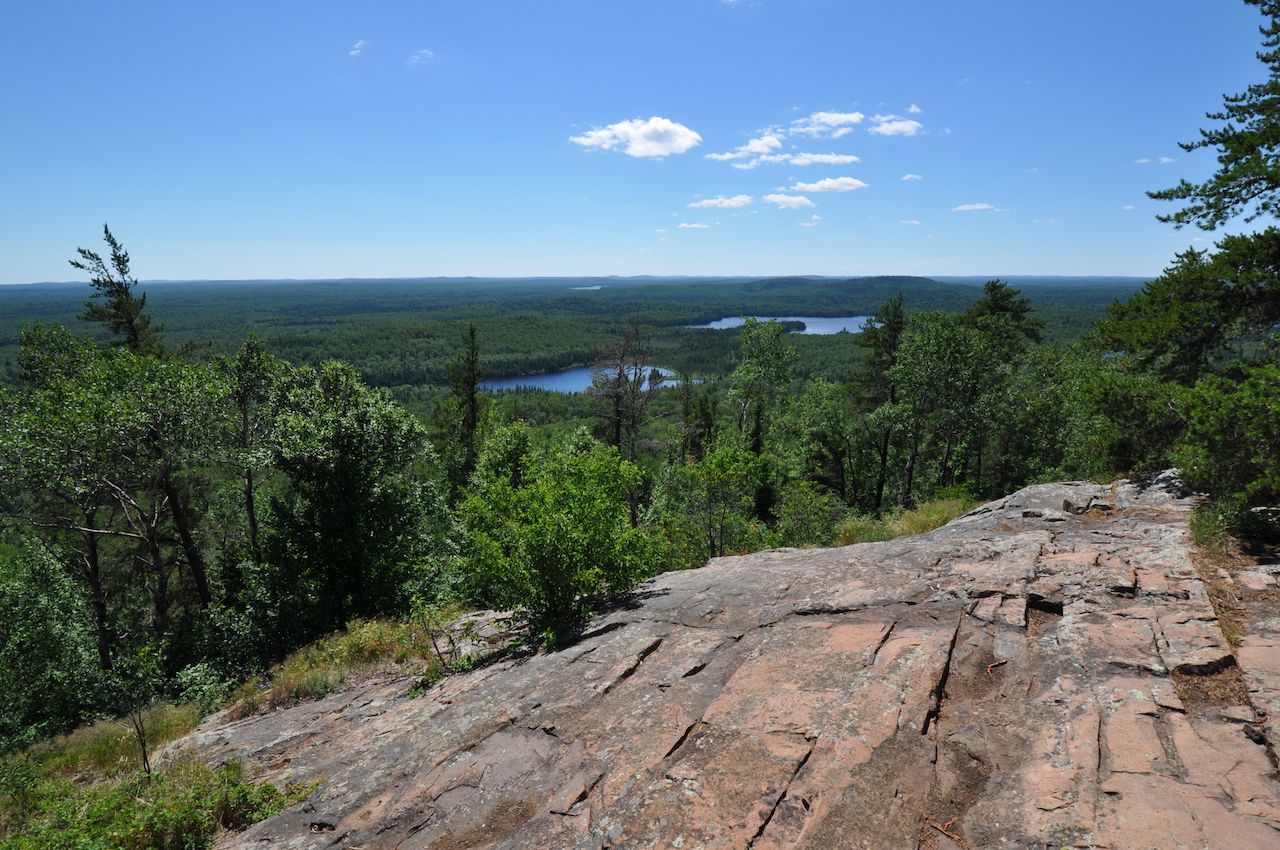Elevation and distance are the most obvious metrics for determining the difficulty of a hike. But they’re not the only ones. Factors like terrain, trail maintenance, technical demands, and weather conditions all impact how strenuous a hike may be, regardless of its incline.
This comes as a surprise even to Appalachian Trail trekkers. “A lot of people find the Pennsylvania section to be really challenging, not because of the overall elevation gain but because it’s so rocky,” says Wesley Trimble, the communications and creative director of the American Hiking Society. “So even with a thru-hiker who’s gone through the Smokies and done some of the biggest climbs on the trail, when they get to Pennsylvania, a lot of times they find they can’t hike as long or as far as in some of the earlier states.”





